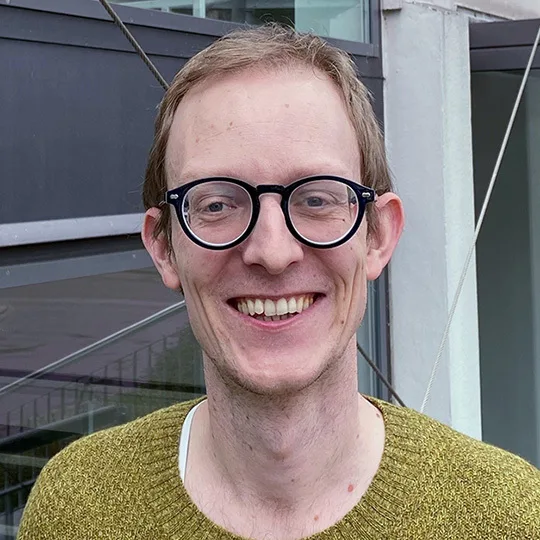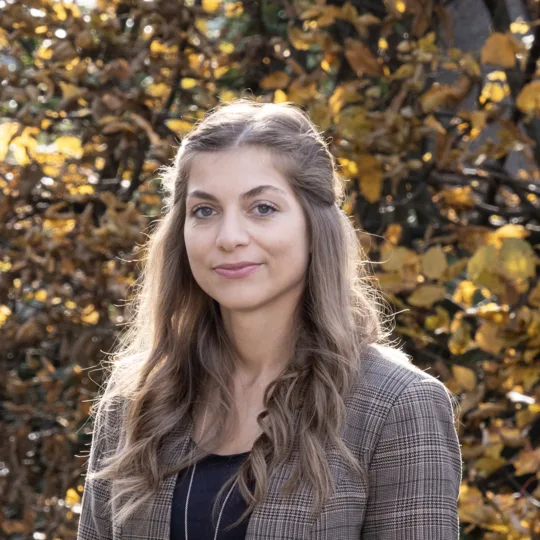Three questions for Stuart McMuldroch, CTAO Director General Designate
Dr Stuart McMuldroch has a PhD in Astronomy and more than 22 years of experience managing large-scale international projects at academic, commercial and government organizations. He was recently selected as the first Director General of CTAO.

What has driven you to become the Director General of CTAO, and what are your long-term aspirations for CTAO?
I am a scientist and a manager and the role of Director General for CTAO appeals to me broadly. CTAO will be a unique expansion of our scientific capabilities providing highly sensitive resolved gamma ray observations. CTAO is not an incremental improvement over existing capabilities, however, but rather a disruptive development. That is what really excites me as such an observatory promises to provide revolutionary insights that we cannot currently predict. It is rare to have the chance to be the Director General of a major international observatory, even more so for something as unique and as full of scientific potential as CTAO. This is a once in a lifetime opportunity for someone like myself.
CTAO will have a Science Data Management Centre and four off-site data centres. What opportunities does this bring?
The technique that allows us to observe gamma rays from the ground, imaging the Cherenkov light from high energy cascade showers, is extremely software and data intensive. More than perhaps any other observatory, we rely on sophisticated analysis to take the data we capture and turn them into scientific information. And we will have significant amounts of data – petabytes per year. This makes the Science Data Management Centre and the off-site data centres critically important as the hubs of innovation and the interface with the scientific user community. For example, I anticipate that by working together we will find ways to improve our analysis software to tease new information even out of archived data.
How do you plan to engage with the public and share CTAO’s achievements with a broader audience?
There are many at CTAO who want to continue expanding their current outreach efforts, which are already significant. I share their belief that we need to and should engage the public in multiple ways. Specifically, I would like us to reach a younger audience through a combination of honing our social media presence, increasing our interactions with local schools, and becoming involved in local scientific events at our European sites. In the next few months you will see an improved web site with new videos and other content aimed at trying to engage people generally. We are doing something exciting and we should be telling everyone!
Contact
Author



